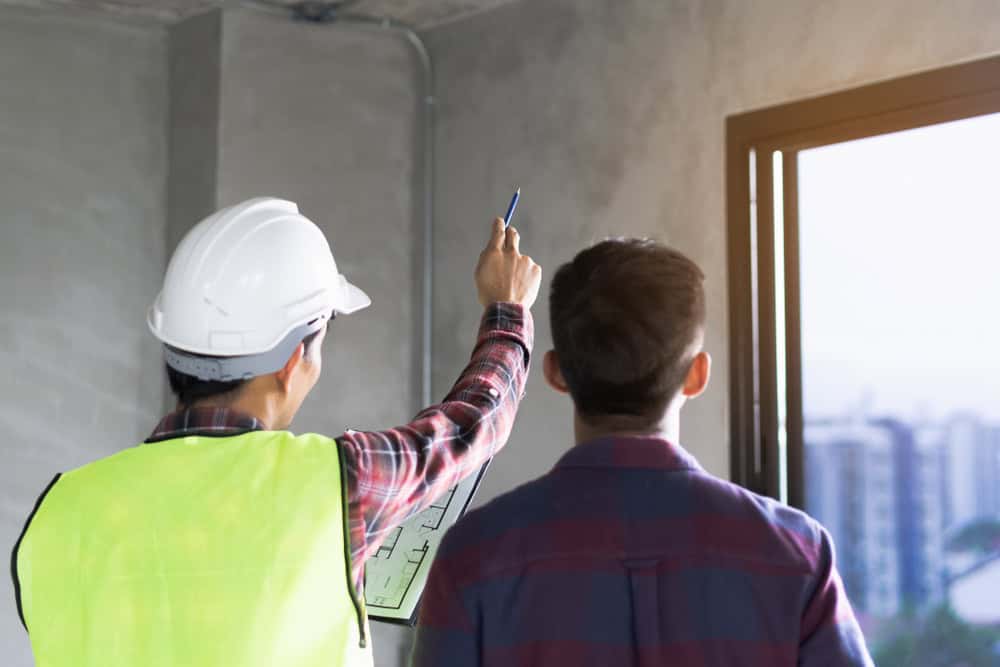How Your Home Affects Your Health
Americans spend approximately 70% of their lives at home, making the condition of their home a major factor in their overall health. But many homes in the U.S. have serious deficiencies that could negatively impact physical and mental well-being. Understanding these risks—and taking steps to address them—can make your home a healthier place to live.
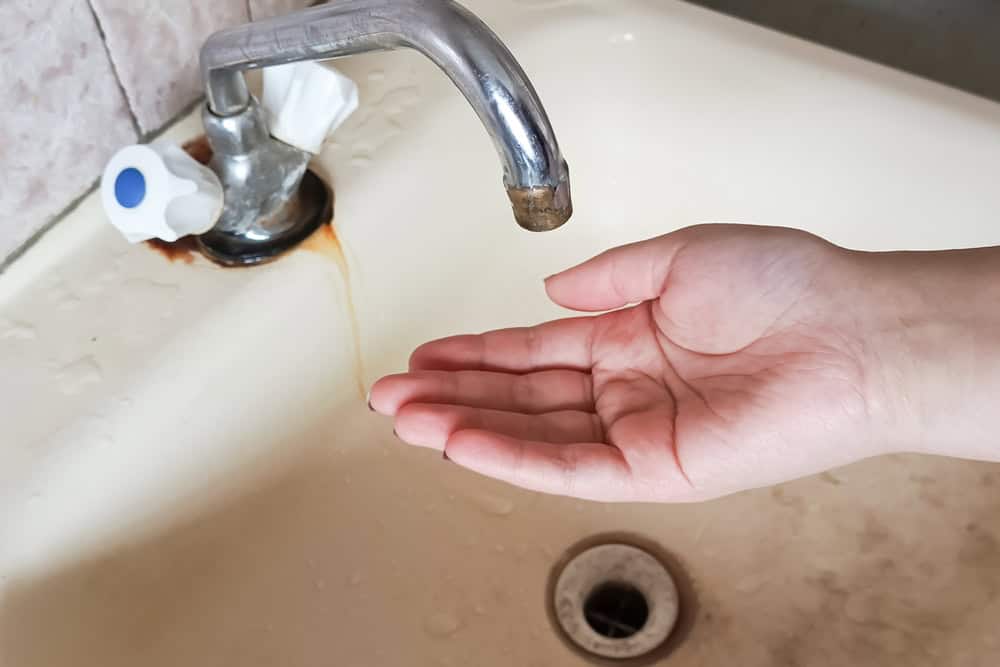
The State of U.S. Homes
Out of 137 million homes in the United States:
- 30 million have defective heating, plumbing, or electrical systems.
- 12 million have water leak issues.
- 4 million reported mold problems in the last year.
- 7 million have significant roof damage.
Other poor housing conditions include structural problems, pests, peeling paint, radon gas, and dilapidated exteriors.
These issues are linked to various health problems:
- Respiratory illnesses, such as asthma (mold and poor ventilation).
- Injuries, such as falls (structural deficiencies).
- Lead poisoning, particularly in older homes with peeling paint.
- Cancer, from exposure to radon gas.
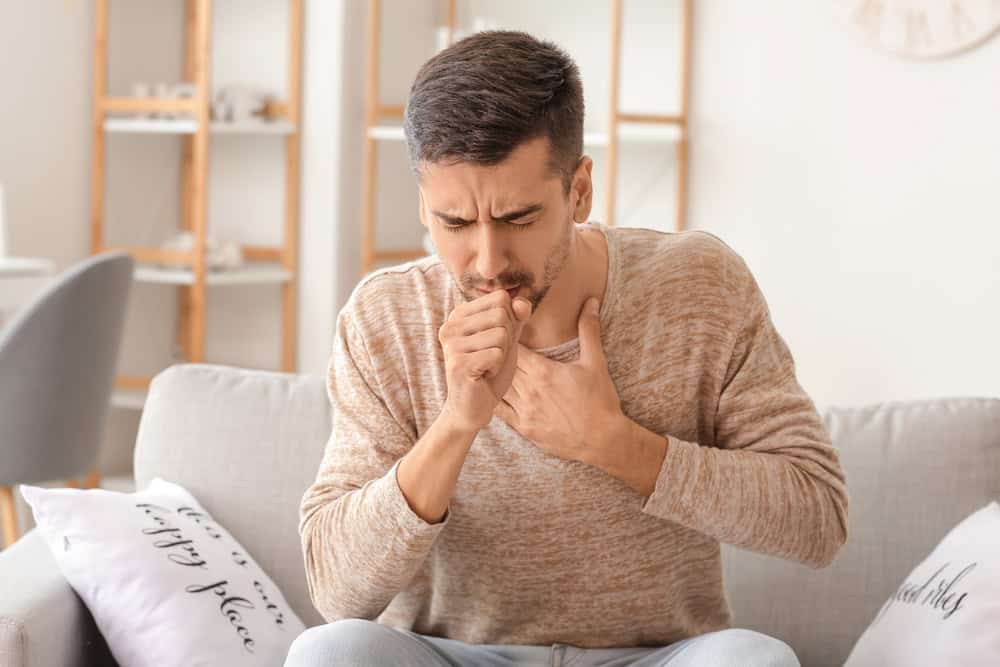
Even Newer Homes May Have Deficiencies
If your home was built as recently as 2013, it may still have issues. For example, Maryland’s energy-efficiency standards for insulation increased by 25% in 2017. If your home doesn’t meet these updated standards, it may be less energy-efficient, uncomfortable, or prone to higher utility bills.
Additionally, many older homes have deficiencies simply due to outdated construction codes or wear and tear over time. It’s important to recognize that homes built before improved codes and construction practices are more likely to have problems.
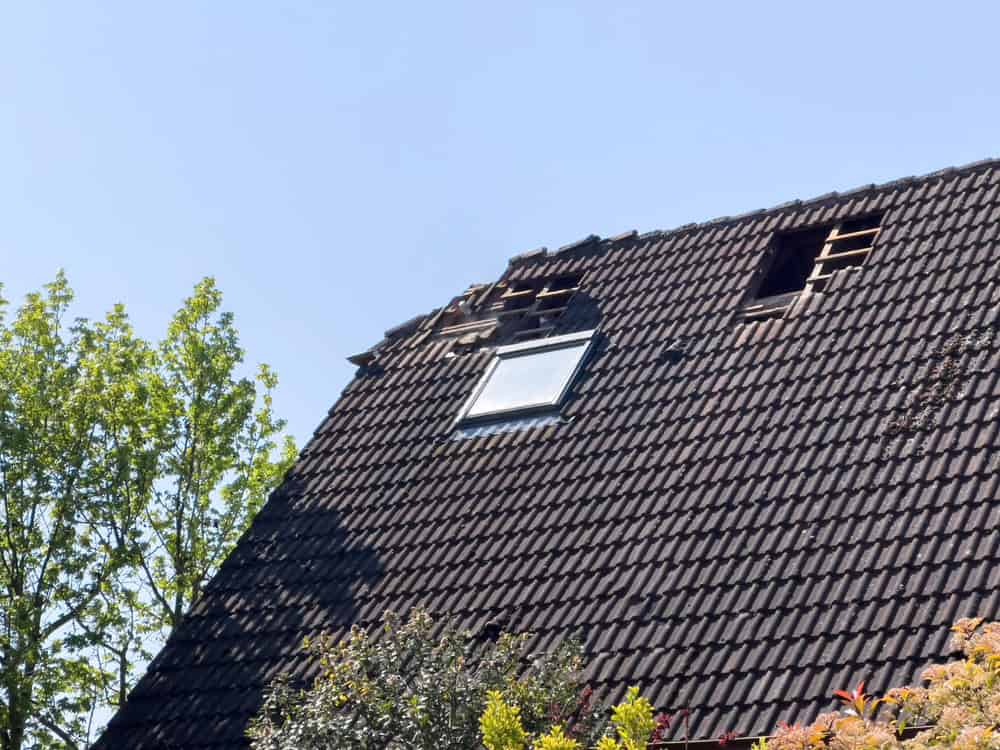
The Health Impacts of Poor Housing
Scientific studies confirm a strong link between housing conditions and human health. Poor housing contributes to:
- Rising healthcare costs due to injury and illness.
- Stress and mental health issues tied to unsafe or uncomfortable living conditions.
However, the good news is that most hazards tied to poor housing are preventable. A healthy home provides a safe space for you and your family to thrive.
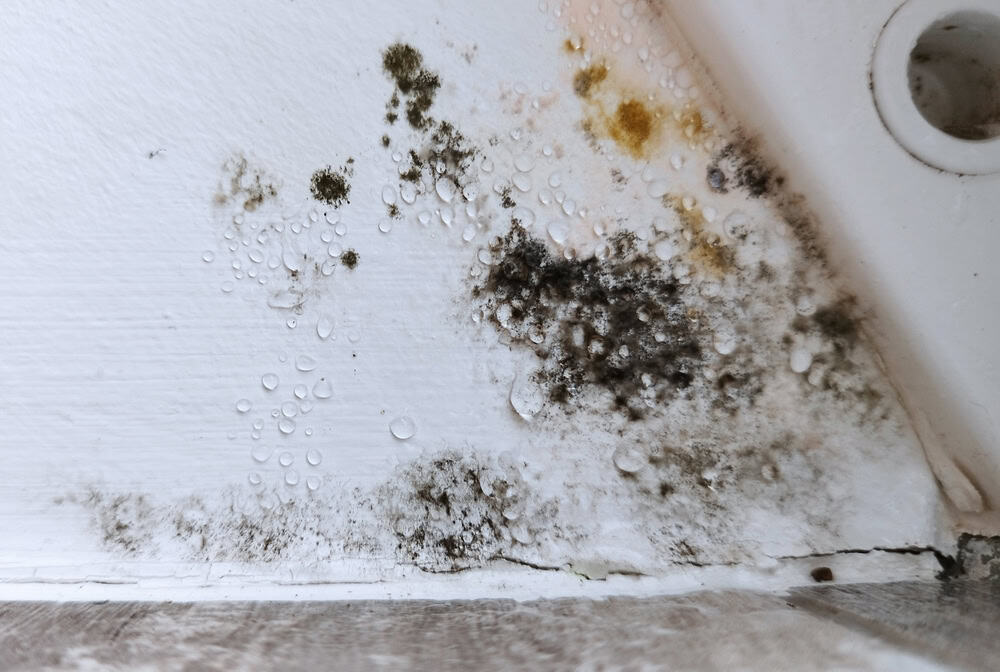
What Makes a Healthy Home?
A healthy home is:
- Dry and free of water damage.
- Clean and free of pests.
- Safe, with no structural hazards.
- Free of contaminants like radon and mold.
- Well-ventilated for fresh air circulation.
- Well-maintained to prevent issues from worsening.
- Thermally controlled for comfort and energy efficiency.
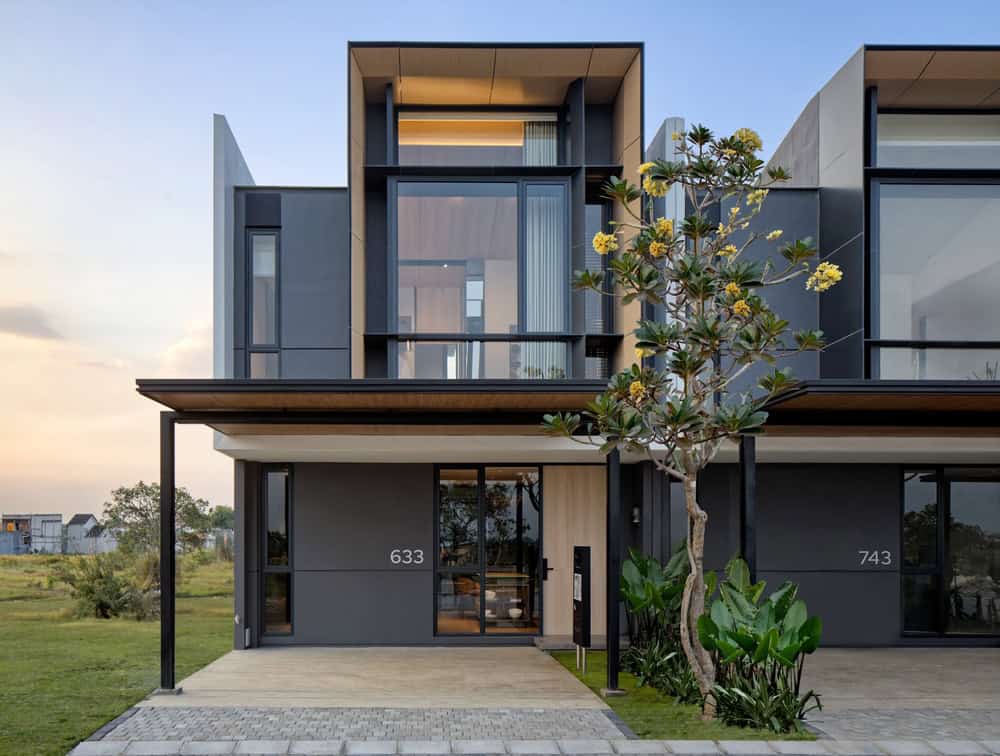
The Path to a Healthier Home
Substandard housing has been linked to health risks for centuries. Even in the 19th century, public health officials recognized the connection between poor living conditions and widespread disease. Today, housing codes, construction guidelines, and inspections aim to protect families from these hazards.
Building a healthy community starts with ensuring safe, clean, and energy-efficient homes. A simple first step is to schedule a Healthy Home Inspection. By identifying potential risks, you can take proactive steps to improve your living environment and health.
Contact your InterNACHI®-Certified Professional Inspector® today and take the first step toward a healthier home and family!
